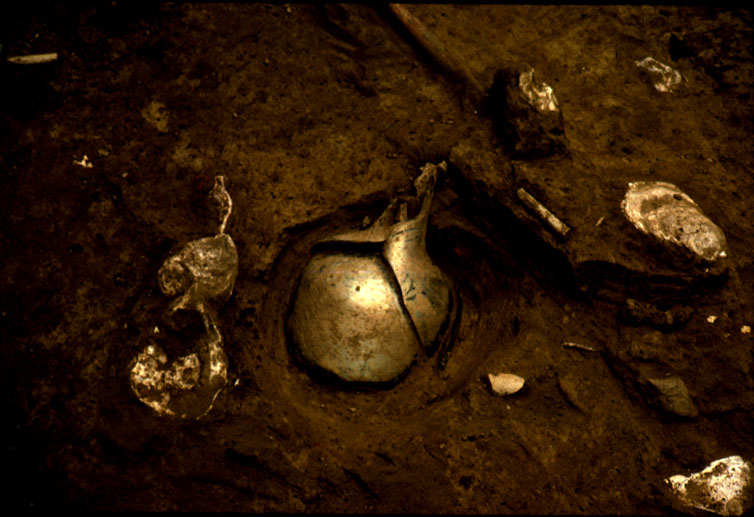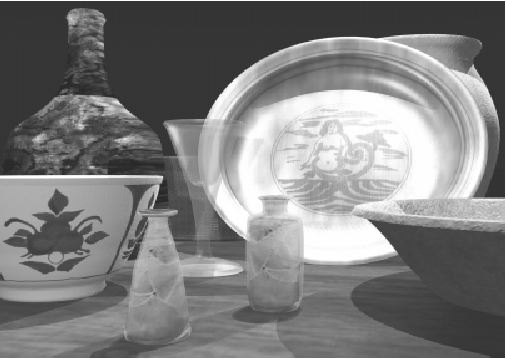 Rumney's Tavern
In 1709 one Edward Rumney, shipwright,
was granted a license to operate a tavern in London [Town on the South River in Anne Arundel County, Maryland].
[This urban tavern, the Rumney/West tavern, operated during the last decade of the 17th century and the first third of the 18th century.] He may, however, have been occupying the lot along Scott Street in the 1690's.
In 1711 he mortgages the lot to Charles Carroll, but still operates the tavern, and even makes improvements to the structures on the lot. In 1715 he is listed as the South River Ferry Master as well as innkeeper.
His prosperity is short lived, however, for in 1720, Charles Carroll, Jr. forecloses the mortgage. Carroll lets the lot and tavern to Stephen West, Sr., selling it to him in September 1723.
At some point between 1730 and 1750, the tavern ceases operation.
Extracted from Taverns and Urban Living in the Early 18th Century Chesapeake: A Comparison of Two Assemblages from Anne Arundel County, Maryland by Al Luckenbach, Patricia N. Dance, and Carolyn Gryczkowski
|



